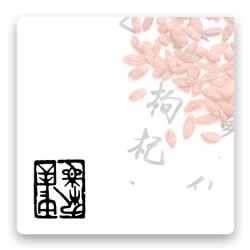We use cookies to make your experience better. To comply with the new e-Privacy directive, we need to ask for your consent to set the cookies. Learn more.
Acupuncture for the Management of Post-Stroke Spasticity in the Upper Limb
Did you know?
For the cost of 5 articles (students) or 10 articles (practitioners) you can buy a year's access to the entire Journal of Chinese Medicine article archive.
Stroke, a significant global health issue, is a cerebrovascular event caused by thrombosis, embolism or haemorrhage that results in lasting complications such as paralysis, pain, spasticity and emotional distress. Effective stroke management necessitates both acute care and long-term strategies to prevent recurrence and to address the physical and psychological aftermath. Balancing the autonomic nervous system, particularly through the reduction of sympathetic overactivity and enhancement of parasympathetic function, is critical for recovery. Chinese medicine emphasises harmonising qi, invigorating and transforming obstructions, and restoring blood flow in post-stroke care. Acupuncture offers potential benefits by modulating autonomic nervous system function, which may help alleviate common stroke-related complications such as hemiplegia, spasticity and pain. Post-stroke arm dysfunction can be debilitating. This article explores the application of acupuncture in post-stroke arm rehabilitation, including the use of yin and yang point combinations to address spasticity, enhance motor function and restore balance. It is based on a non-systematic integrative narrative literature review, the findings of which inform point selection and needle techniques to optimise recovery and quality of life for stroke survivors, as well as highlight the efficacy of combining acupuncture with other therapeutic modalities.
| Author | Jane Wilson |
|---|---|
| JCM Issue | JCM138 |
* Orders shipped outside of Europe are eligible for VAT relief and will not be charged VAT.

